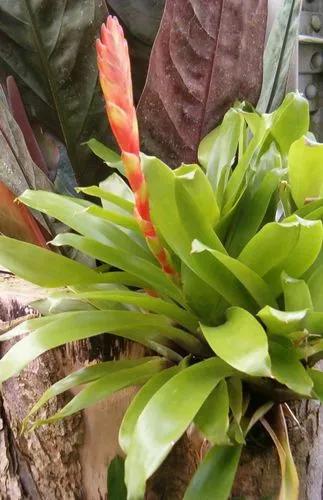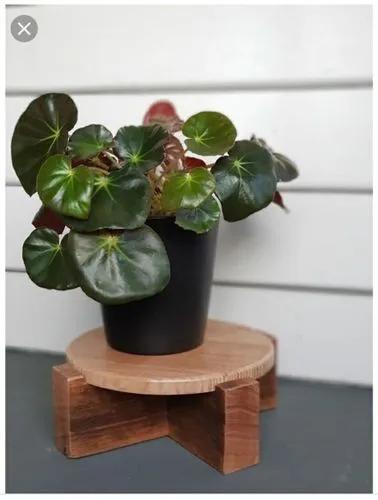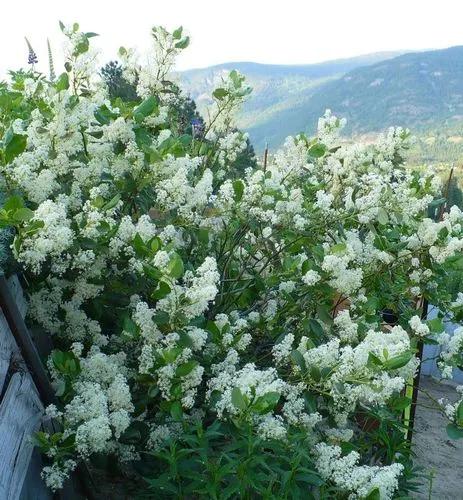Known globally as African starfish flowers, and locally as carrion flowers, members of the genus Stapelia are usually characterised by their foul-smelling flowers reminiscent of the odour of rotting meat. The hairs, coloration and surface mimic decaying animal matter and attract mostly flies, which act as pollinators. The strong carrion scent is sometimes recognisable at a great distance, especially on hot afternoons. Surprisingly, species such as S. erectiflora and S. flavopurpurea have sweetly scented flowers, but they are rare.
Giant Toad Plant Care
Stapelia Grandiflora Masson



What is the plant
How to Care for the Plant

Water

Stapelia require moderately watering through the growing season but enjoy plenty of water and some fertiliser in hot weather, this helps them to flower freely. Water more sparingly in winter according to temperatures. But, as with most asclepiads, it is unwise to leave them wet in cold weather.

Sunlight

Partial sun or light shade.

Soil

Since roots are quite shallow, use a cactus mix or add extra perlite or pumice to regular soil potting soil. A gritty, very free-draining compost is suitable, and clay pots help the plants to dry out between watering.
Ease your plant care routine with PlantIn's personalized system.

Popularity

4 people already have this plant 4 people have added this plant to their wishlists
What's wrong with your plant?
Related Plants
Discover more plants with the list below
Popular articles






